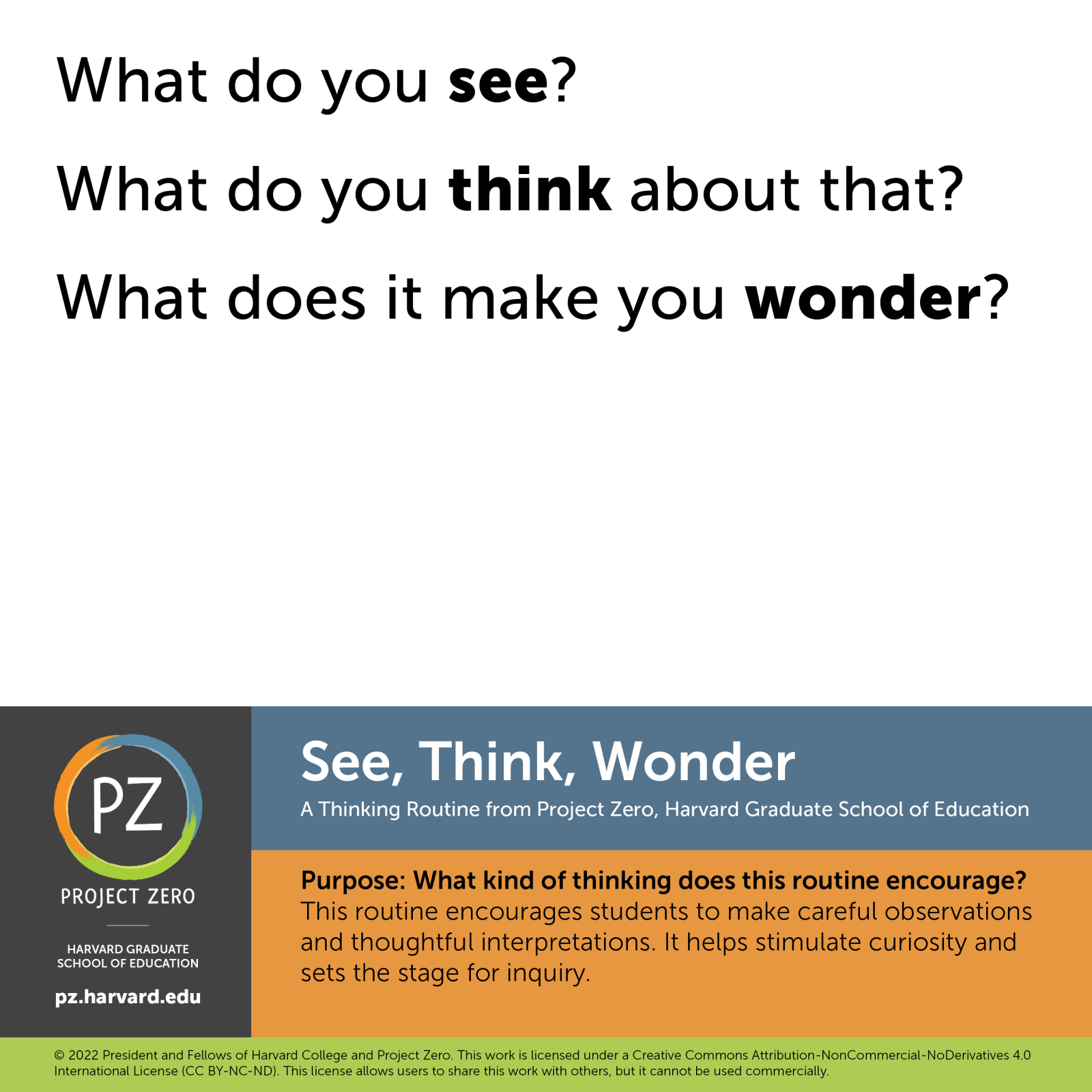Stephanie Norby's collections
Tree Banding
Tree banding is one of the activities included in the SHOUT program, a two-year investigation of land and water issues led by Smithsonian scientists. Watch the videos to learn how to band trees and collect data about their growth and why this information matters.
 Stephanie Norby
Stephanie Norby
6
Scientific Argumentation
The archived sessions from a two-part online course led by Dr. Victor Sampson, Associate Professor of STEM Education at the University of Texas at Austin, on scientific argumentation -- helping students to identify, evaluate and support claims. See Smithsonian collections used during the sessions at https://s.si.edu/1L0YP81 .
 Stephanie Norby
Stephanie Norby
2
Seeing, Thinking and Wondering About Space Food
Astronauts need food and good nutrition to stay healthy in space. This collection looks at the challenges in preparing, packaging, transporting, and storing food in space. What innovations were required? What problems needed to be solved? How did the problems change over time?
This collection uses the "See Think Wonder" visible thinking routine developed by Project Zero at Harvard University. This strategy encourages students to make careful observations and thoughtful interpretations. It helps stimulate curiosity and sets the stage for inquiry.
First, Watch the Apollo 11 TV broadcast of July 22, 1969 of an astronaut eating in space (22 seconds). Use the "See Think Wonder" routine to stimulate interest among students about the problems encountered by astronauts when trying to eat. Ask, "What do you see? What do you think about that? What does it make you wonder?" Next look at the second image in the collection, "Space Food, Meal Package, Day 11, Meal C, Apollo 11 (white)". Repeat the questions examining both the food and the label.
Next, ask students to search the collection for "space food" and assemble one meal -- breakfast, lunch or dinner. Compare the different meals created by students using the see, think, wonder routine. For example, what kinds of foods do they see (or not see)? How are the foods packaged and how does it change over time? How are the more recent foods different from the first meals? The purpose of this discussion is to help students see how engineering problems and solutions evolve over time. Ask students, what impact would longer missions have on packing meals for space?
Watch the video, "Three Types of Food," and compare the information in the video with student ideas. Then ask students to propose solutions for the current question -- "How can we grow food in space?"
 Stephanie Norby
Stephanie Norby
5
Panda Babies
<p>This collection would complement a children's book about panda babies or other animal babies, focusing on how animals grow and change. The collection uses the "See, Think, Wonder" thinking routine developed by the Project Zero Program at Harvard University.</p>
 Stephanie Norby
Stephanie Norby
8
William Healey Dall
A sampling from the Smithsonian pan-institutional collections documenting the work of William Healey Dall.
 Stephanie Norby
Stephanie Norby
12
Borders
<p>A few objects that reflect borders -- both to keep people out and to keep them in. Also, objects that show people's resilience even in the worst of times.</p>
 Stephanie Norby
Stephanie Norby
101










